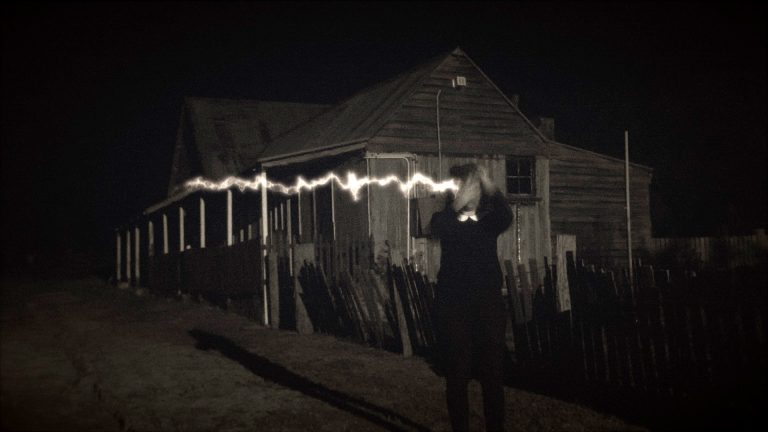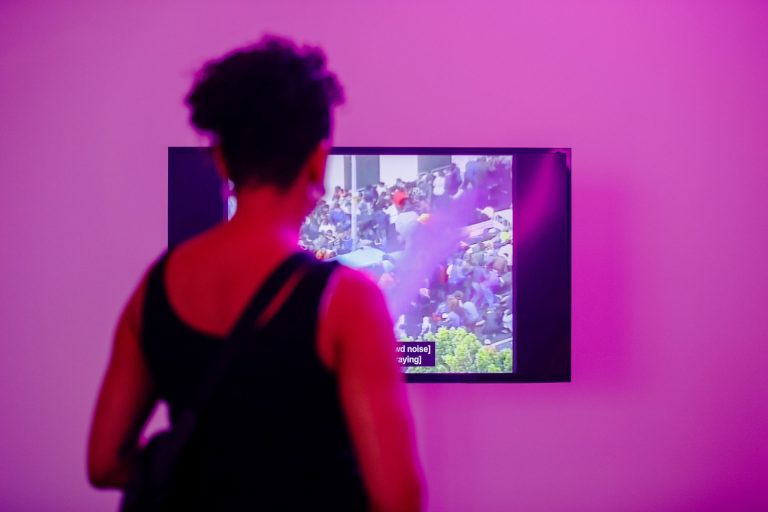Naarm (Melbourne) based artist Roberta Joy Rich takes the transformative Purple Rain Protest as the basis for her solo exhibition, The Purple Shall Govern. Juxtaposing the harsh histories of segregation in settler nation South Africa and Australia, Rich interrogates who has access to public space – then and now.
From 1948 to 1994 in South Africa, Apartheid defined the lives and determined the active institutionalised segregation of Black peoples who were forced to live separately from the White minority, while restricting their political rights and freedom. In her exhibition, Rich notes the historic connections between colonial Australia and South Africa, with the concept of Apartheid being birthed in Australia well before South African government legislation was developed.
Pairing her family’s archival objects from the Apartheid era with Australian and South African archival broadcast media and recent sound and video works, Rich prompts us to question how power plays out in public spaces. Who can move freely without fear or hindrance and whose experiences are mitigated?
The exhibition borrows its title from a slogan that was graffitied across Cape Town following the Purple Rain Protest. On this day, police arrived with heavy artillery and water cannons filled with purple dye, intended to mark protesters they planned to arrest. Instead, a protester commandeered one of these canons and unleashed the purple liquid onto buildings and crowds, showering them in purple and momentarily dissolving racial segregation. ‘The Purple Shall Govern’ began appearing on buildings around the city in a sly reference to the protest and the words of the 1955 Freedom Charter that declared, ‘The People Shall Govern’.
Rich recreates this day, transforming PICA’s gallery into a space swathed in purple light. The Purple Shall Govern encourages us to consider our relationship to colonial occupation and celebrates the immense resilience, strength and ongoing survival of Bla(c)k people.





